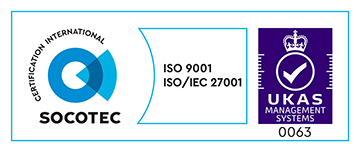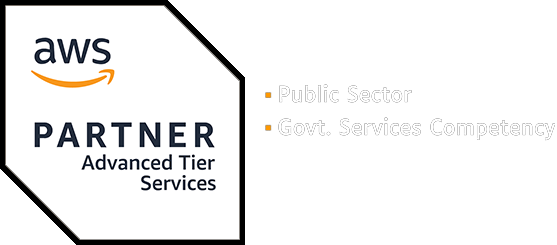At Made, the majority of our projects use Continuous Delivery pipelines to provide a clear path for deploying to production. It’s common for these to be setup on the first day of a project kick-off.
Continuous Delivery: Building a Pipeline
A pipeline is a set of steps that your code takes to get from a developer’s local machine through to a production environment. This pipeline is managed by a tool that lets you define these steps, what they do, and how and when it proceeds onto the next one.
Otto: truly a successor to Vagrant?
Otto is marketed as the successor to Vagrant, the development tool that has been used by developers across the globe for the past five years.
Focus with well structured RSpec tests
Before joining Made, my experience with unit testing was always with PHPUnit. It’s very flexible in allowing you to write tests quickly; create a class, add some methods that start with test, include some assertions, and away you go. What I don’t think PHPUnit—and similar—allow you to do well is think about how to structure your tests, and what to focus them on. For that you have to rely on experience and good discipline.
9 Benefits of Test Driven Development
Test Driven Development is the practice of writing a test for a piece of required functionality, before writing any implementation code. This test should fail when first run, and then, you write the code to get it to pass. It doesn’t have to be the most perfect code, just so long as the test passes. Once it does, you can then safely refactor your code.
Migrations, seeds and pipelines
Most applications you write rely on certain data stored in a database that is essential for it to work. That data defines your business logic as much as the code. That data should be represented in code. In this post I’ll discuss how we handle migrations and seed data through our Continuous Delivery pipeline at Made.
All looking rather Dashing
At Made we collect a lot of metrics. From projects, to servers, to support, to admin. All of these are stored in various services and it’s not that easy to get quick and simple visibility of these.




